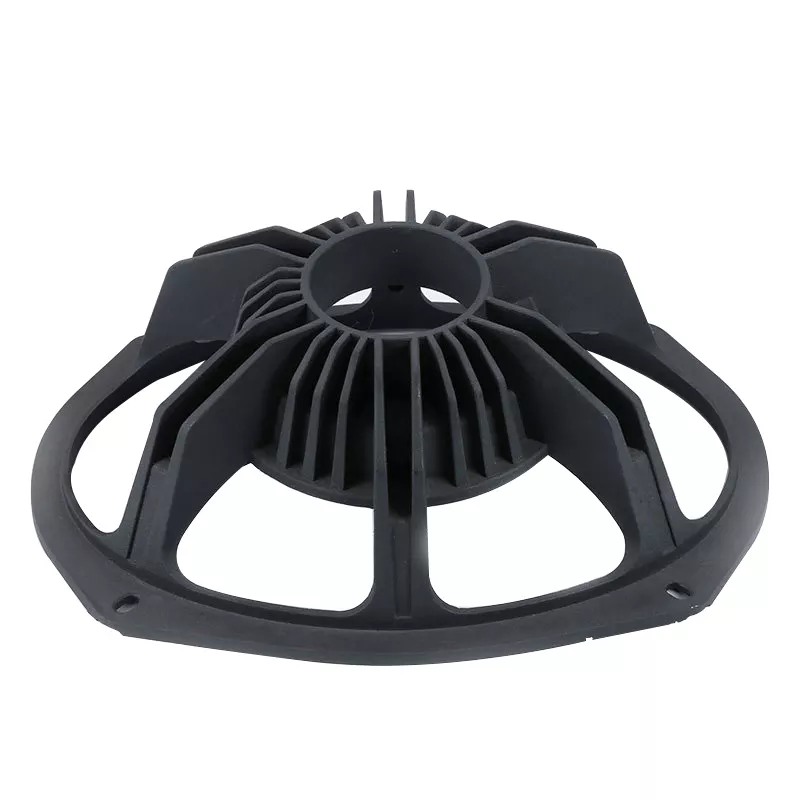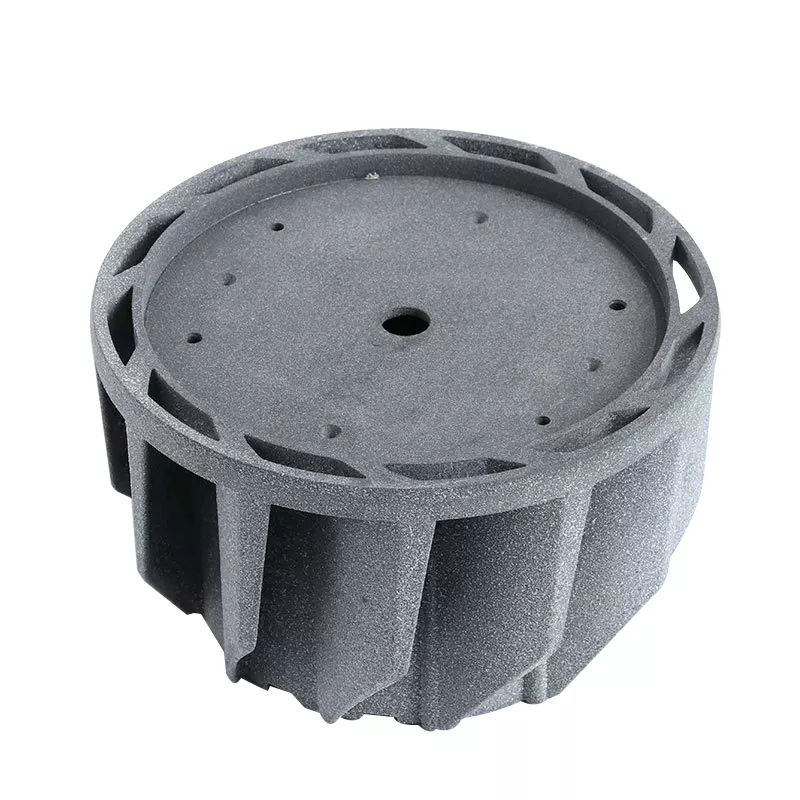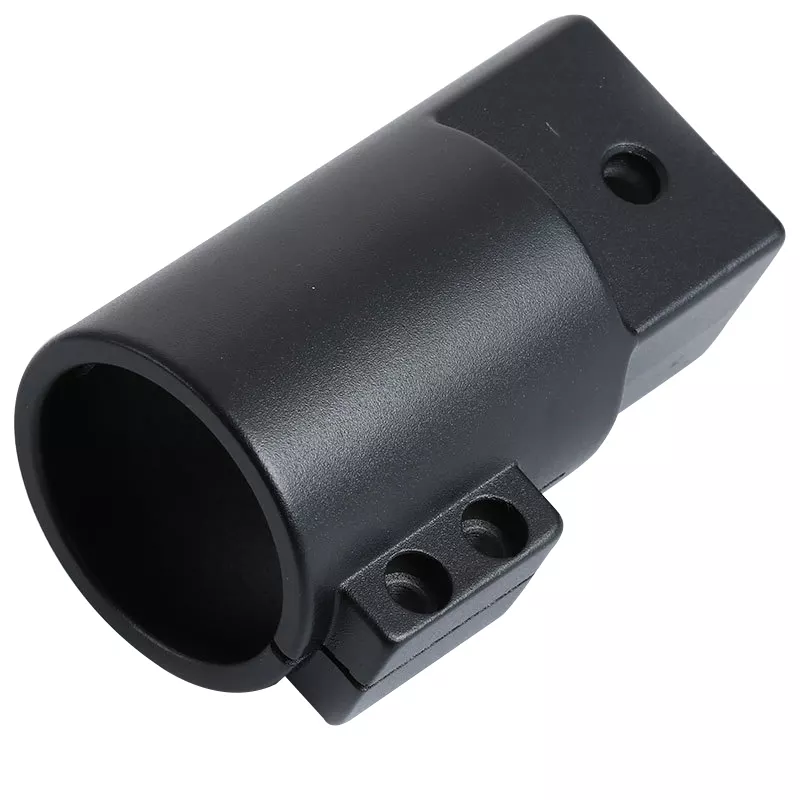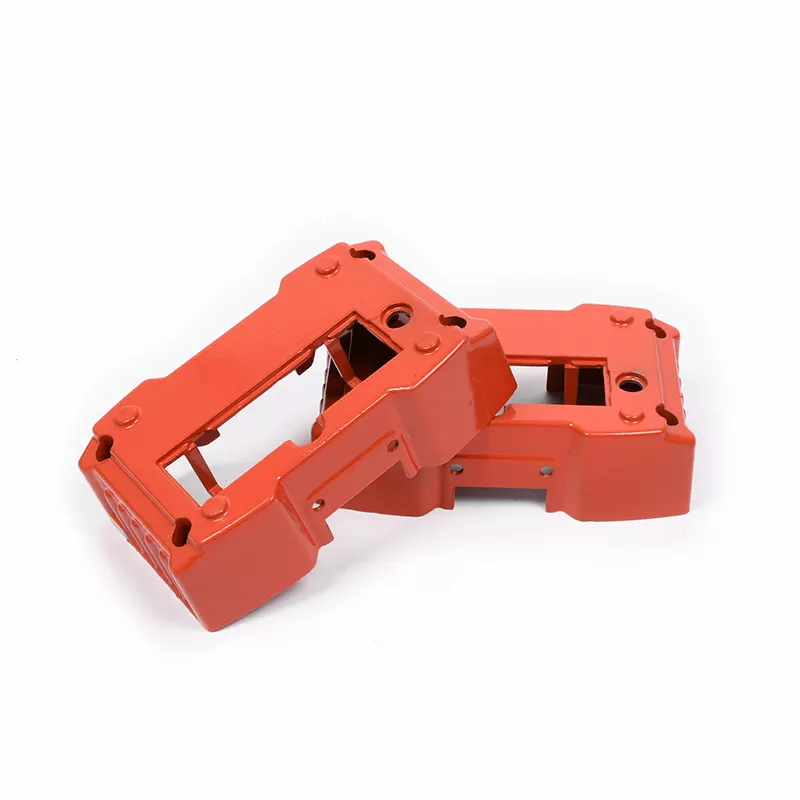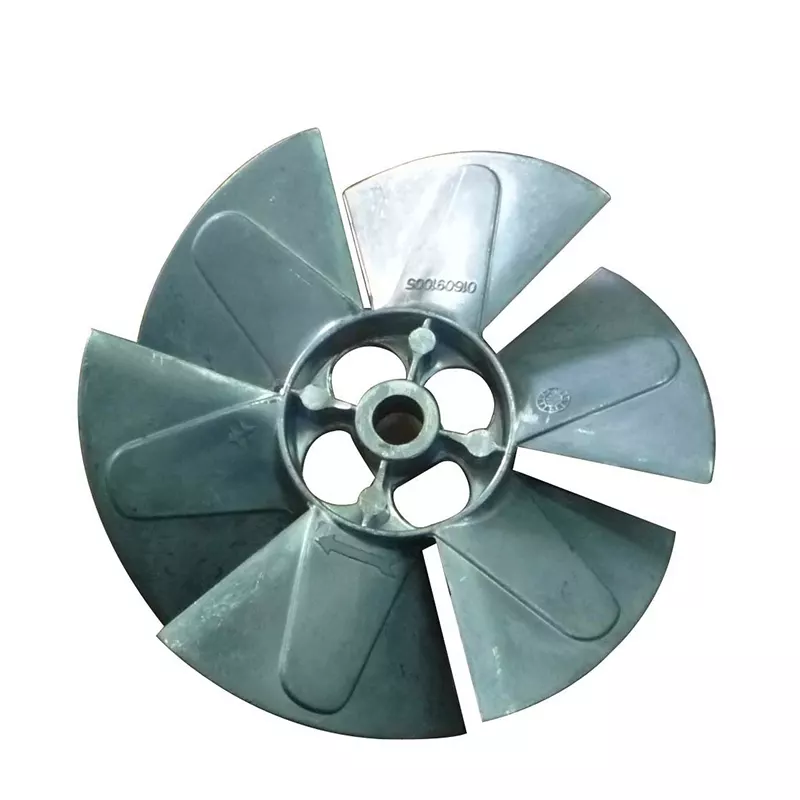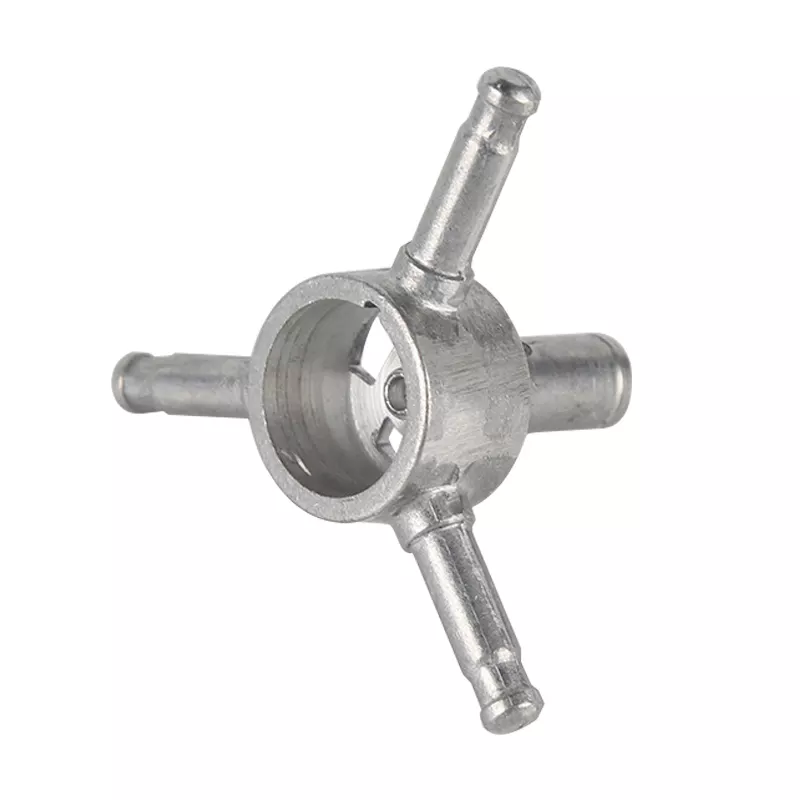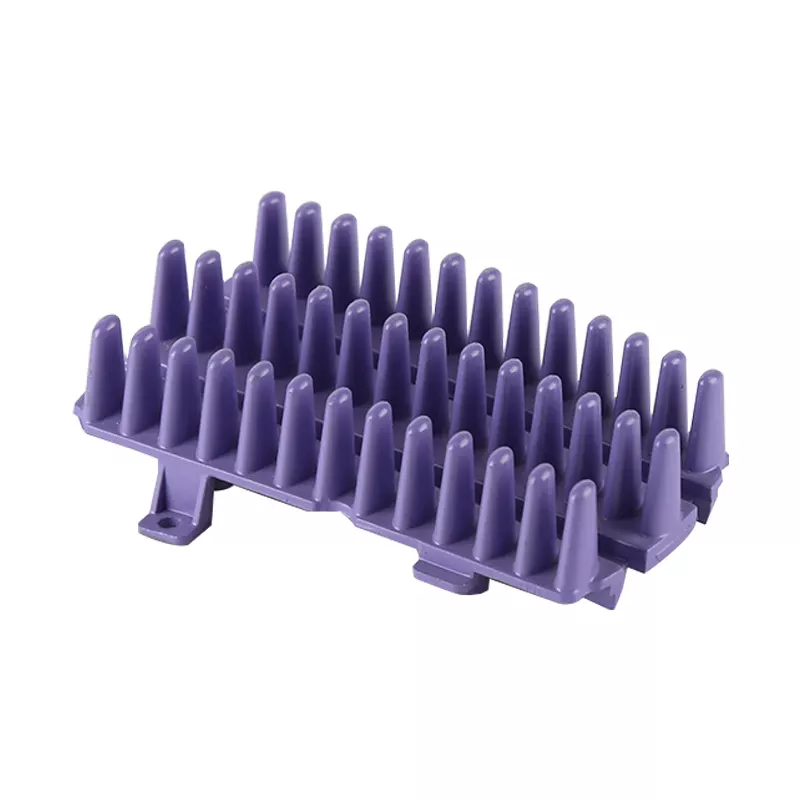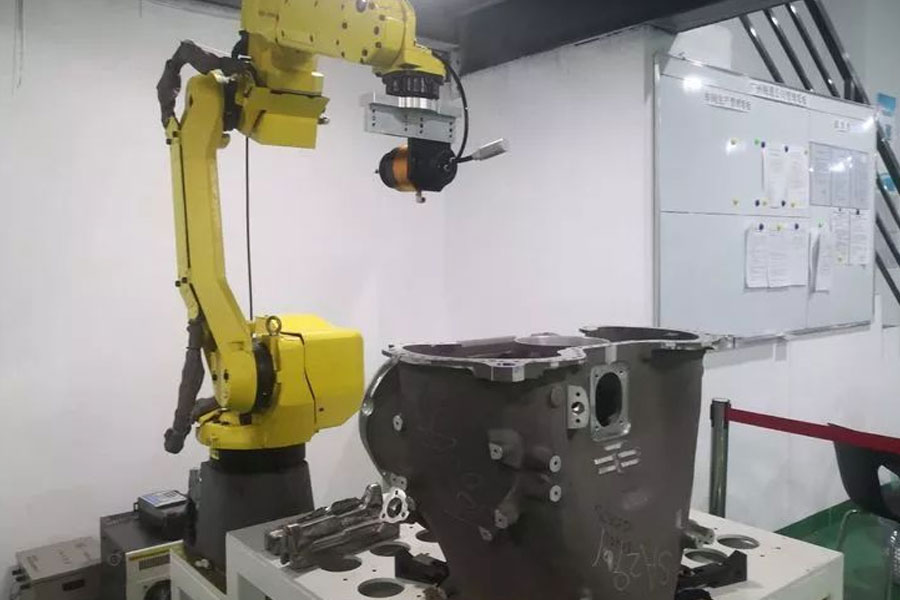
Companies that remove burrs from die-casting parts need to invest a lot of manpower and material resources. The number of burr workers is 1 to 2 times the number of die-casting workers, and the labor cost is high. The burr production site is dusty and noisy. Modern young people are unwilling to engage in this type of work, making it difficult for companies to recruit workers. Automated deburring can greatly reduce labor costs, which is also the future direction of development. However, automatic deburring puts forward higher requirements for the consistency of castings: the type, thickness, and length of the burr of the die casting when the burr is not removed; the appearance of the casting after the burr is removed. For the gap of the parting surface of the mold, if the size fluctuation caused by the shrinkage deformation of the casting when it cools exceeds the recognition range of the machining center and the robot, it will cause downtime, damage the casting, damage the tool, and the effect of deburring will not meet the design requirements.
Burr Of Aluminum Alloy Die Casting
The causes of burrs in die-casting parts run through the three major elements of die-casting: die-casting machine, die-casting mold, and die-casting process. In terms of die-casting process, the mold temperature and molten aluminum temperature are too high, and the casting pressure is too high Burrs are likely to occur; on die-casting machines, if the clamping force is insufficient, the template will also produce burrs; on die-casting molds, the mold parting surface, core-pulling pins, and ejector pin holes with insufficient manufacturing precision will all produce burrs. The parting surface of the wheel hub is connected with large burrs, and the workload of deburring is increased. Even due to the bulging force of the mold, the size of the casting is out of tolerance and thicker, and the use of raw material aluminum is increased. In this case, it is necessary to stop production for countermeasures. There are burrs on the nested end face, chamfered face and inner hole. The end face of the nest is not processed, and the burrs must be cleaned. The butt hole is completely closed by the aluminum-skin interconnection, which increases the difficulty of the burr cleaning.
Standard Size Of Burr
In order to verify the thickness of the burr, a tapered mold gap was made on the die-casting mold. The aluminum material was ADC12, the temperature was 660℃, and the casting pressure was 740Kgf/cm2. Casting verification shows that the forming is clearer when the wall thickness is greater than or equal to 0.09mm, the forming is not continuous if the thickness is less than 0.09mm and the shape is above 0.06mm.
In order to verify the length of the burr, the mold parting surface of Figure 3 is made on the die-casting mold with different gaps to test the burr length. When the wall thickness is 0.08mm, the overflow length from the casting body is about 4mm; when the wall thickness is 0.07mm, the overflow length from the casting body is about 2mm; when the wall thickness is 0.06mm and below, the overflow from the casting body The length is less than 1mm, and it is difficult to form, the aluminum film is like powder, and the shot blasting of the die casting can be completely removed. According to the above test, the necessary condition for casting burrs is: the gap C≥0.07mm during the production of the die-casting mold.
Burr Type
The burrs of die castings can be divided into three categories: parting line burrs, burrs generated by the casting process and burrs generated by abnormal mold cracks. Butt-touch holes, aluminum clamping, nesting, and ejector trace burrs are all parting line burrs; convex hulls are turtle crack burrs; overflows and gates are casting process burrs. The thickness and shape of the above three kinds of burrs have different requirements. The attached table gives the reference standard for the length and thickness of the burr for different burr types. This standard is the die-casting process. The mold preservation process provides the basis for judging whether the burr process is qualified. Different manufacturers can make corrections according to their habits and deburring methods. . This standard is also the basis for controlling the burr state of castings to deburr the robot.
The Basic Principle Of Die Casting Deburring
Deburring Tools
The main tools for manual deburring include slaughter, punch, and file; pneumatic power tools include belt machines, grinders, and grinders; die-casting deburring equipment includes grinders, machining centers, and robots. There are three most commonly used tools for manual deburring: one is a pneumatic reamer, which can directly pierce a closed hole (<2mm), and then remove the burr in the hole, as well as the burr of the overflow and gate. The burr standard can reach the first-class standard: none; the second-class standard is less than 0.2mm; the second tool is a grinding machine, which can remove parting line burrs, ejector marks, convex hulls, tortoise cracks, typing surface burrs, and even polish The effect; the third type is the belt machine, which can remove the parting Surface burrs, mandrel marks, tortoise crack burrs. Robot deburring using these three tools can basically remove more than 90% of the burrs on the castings.
The main tools for manual deburring include slaughter, punch, and file; pneumatic power tools include belt machines, grinders, and grinders; die-casting deburring equipment includes grinders, machining centers, and robots. There are three most commonly used tools for manual deburring: one is a pneumatic reamer, which can directly pierce a closed hole (<2mm), and then remove the burr in the hole, as well as the burr of the overflow and gate. The burr standard can reach the first-class standard: none; the second-class standard is less than 0.2mm; the second tool is a grinding machine, which can remove parting line burrs, ejector marks, convex hulls, tortoise cracks, typing surface burrs, and even polish The effect; the third type is the belt machine, which can remove the parting Surface burrs, mandrel marks, tortoise crack burrs. Robot deburring using these three tools can basically remove more than 90% of the burrs on the castings.
Machining Center Deburring
In view of the load problem of the robot and the low operating speed, the efficiency of replacing the manual is not up to the ideal state, and the deburring of the machining center becomes necessary: the torque is greater, the tool change speed is faster, and the efficiency is higher. More existing die-casting manufacturers have adopted more than five-axis machining centers for automated deburring, which can achieve the expected results. From the evaluation of the use effect, an automatic deburring machine can replace two people in the workload.
General requirements for automated deburring
To automatically remove burrs, firstly, clarify the dimensional tolerances of the castings to ensure the stability of the blank; secondly, perform batch management of molds, and at the same time manage the casting process that causes burr changes. Each key process first ensures the stability of the burr state of the casting
Appearance Grade Standard of Die Casting Parts
The appearance standards of die casting burrs are classified according to three levels
The dimensional accuracy, deformation, and burr appearance standards of castings mentioned in the article all refer to Class II appearance.
Engineering Application of Burr Standards for Die Castings
For specific die-casting parts, refer to various standards and formulate the appearance standards of die-casting process burrs. Only in actual production can all levels of personnel have a unified understanding and reach a consistent standard for appearance. At the same time, the special requirements of the demand-side need to be considered and reflected in the standard.
In Conclusion
Whether it is manual deburring or automatic deburring, companies must control the burrs of die-casting parts to make them in a controllable state. When the burrs exceed the standard range, they need to investigate the die-casting process, mold gap, and dimensional tolerance standards. It is judged that the automated equipment cannot meet the use requirements and the automated deburring technology is denied. The precision of automatic deburring is higher than that of manual deburring, and the appearance consistency after deburring is better.


